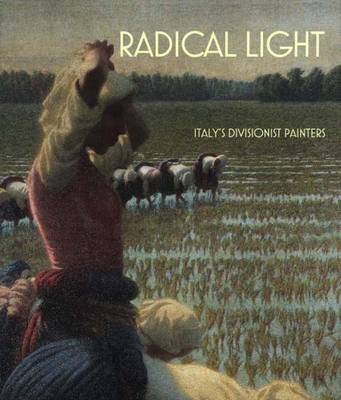National Gallery London
1 total work
Radical Light
by Simonetta Fraquelli, Giovanna Ginex, Vivien Greene, Aurora Scotti, Tobia Bezzola, and Linda Schadler
Published 10 June 2008
Italian Divisionism was arguably the most significant art movement to emerge in Italy during the last decades of the nineteenth century. Often misinterpreted as a simple derivative of French Neo-Impressionism, Divisionism's practitioners, while also concerned with nineteenth-century research into optics and the physics of light, consulted different sources, and their aims and results diverged from the French school. The Italian Divisionists were motivated by a basic dissatisfaction with modern civilization and a desire to endow art with a scientific approach; to make art an instrument of social change. At the same time, their work was often deeply Symbolist in character; Grubicy, Previati, Segantini and Volpedo, while espousing progress and science, drew on Christian imagery of the Middle Ages and the Renaissance - even when anti-clerical in their politics - in a quest for spiritual transcendence.This book features the main protagonists of the first generation of Divisionists - Vittore Grubicy de Dragon, Giovanni Segantini, Gaetano Previati, Angelo Morbelli, Emilio Longoni, Giuseppe Pellizza da Volpedo, Plinio Nomellini, Ettore Sottocornola and Carlo Fornara, together with Giacomo Balla, Umberto Boccioni, Carlo Carra and Luigi Russolo, who were later to launch the Futurist movement, yet were profoundly influenced by Divisionism.
This book is the first comprehensive survey of Divisionism in English, and accompanies a major exhibition at the National Gallery, London (18 June - 7 September 2008), and the Kunsthaus Zurich (26 September - 11 January 2009).
This book is the first comprehensive survey of Divisionism in English, and accompanies a major exhibition at the National Gallery, London (18 June - 7 September 2008), and the Kunsthaus Zurich (26 September - 11 January 2009).
